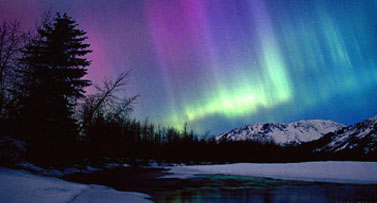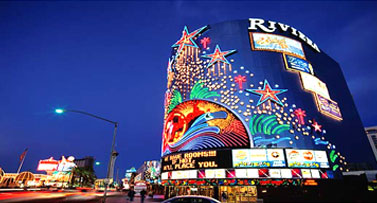Give an application of the property of emission of light from atoms?

The light - emitting glass tubes form colored lines with which a text can be written or a picture drawn, including various decorations, especially in advertising. The light emitted in the glass tubes is a familiar consequence of excitation. The different colors in the sign correspond to the excitation of different gases, although it is common to refer to any of these as "neon". Only bright orange red is that of neon. A mixture of neon and krypton can be used for green glow. Xenon emits a blue glow.
Electrodes are kept at the ends of the glass tube that contains the neon gas. Electrons are emitted off these electrodes and are jostled back and forth at high speeds by a high AC voltage. Millions of high-speed electrons vibrate back and forth inside the glass tube and smash into millions of target atoms, boosting orbital electrons into higher energy levels by an amount of energy equal to the decrease in kinetic energy of the bombarding electron. This energy is then radiated as the characteristic red light of neon when the electrons fall back to their stable orbits. The process occurs and recurs many times, as neon atoms continually undergo a cycle of excitation and de-excitation. The overall result of this process is the transformation of electrical energy into radiant energy. The colors of various flames are due to excitation. Different atoms in the flame emit colors characteristic of their energy-level spacing. Copper wire placed in a flame, produces the characteristic green color of copper. Common table salt produces yellow color of sodium. Every element, excited in a flame or otherwise, emits its own characteristic color or colors.

Street lamps provide another example. Instead of incandescent lamps, now we are using street lamps illuminated with the light emitted by gases such as mercury or sodium vapor. Not only is the light brighter, it is less expensive. In an incandescent lamp most of the energy is converted to heat, and most of the energy put into a mercury or sodium vapor lamp is converted to light. The light from these lamps is rich in blues and violets and therefore is a different "white" from the light of an incandescent lamp.
Excitation is illustrated in the aurora borealis. Aurora is caused by the interaction of high energy electrons that originate in the solar wind with neutral atoms in earth's upper atmosphere. These high energy particles can excite (by collisions) valence electrons that are bound to the neutral atom. The excited electrons can then return to their initial, lower energy state, and in the process release photons. They emit light exactly as occurs in a neon lamp. Any particular color of the aurora depends on a specific atmospheric gas and its electrical state, and on the energy of the particle that hits the atmospheric gas. Atomic oxygen produces a greenishwhite color, nitrogen molecules produce red-violet, and nitrogen ions produce a blue-violet color.